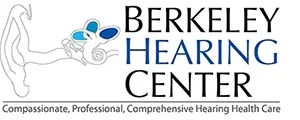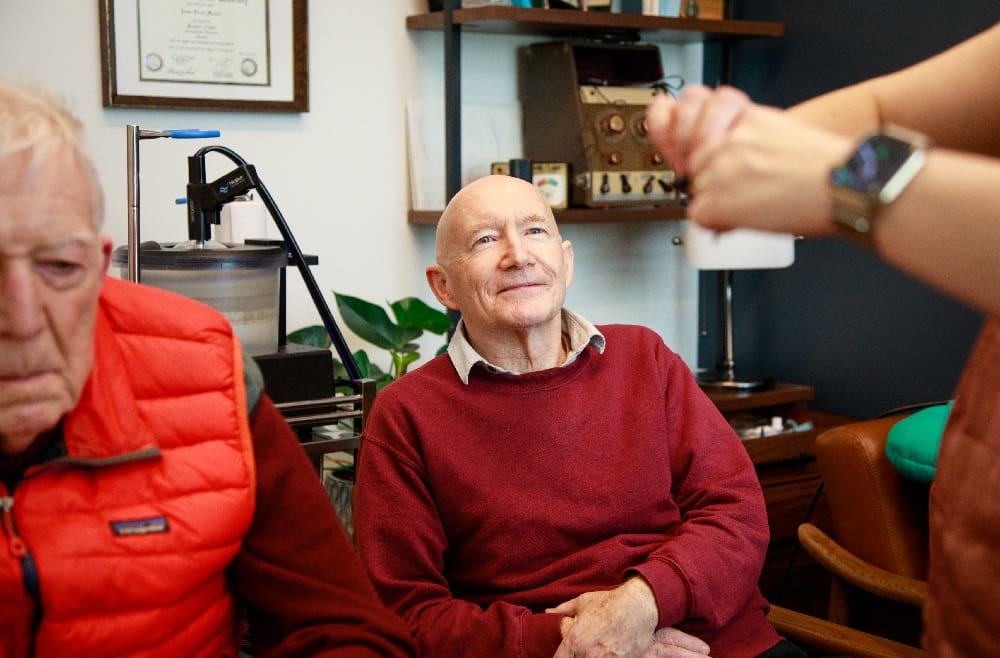2022-10-29
Jonathan Lipschutz Audiologist, M.S., F-AAA, Co-Owner
Over the last 2 segments in this series, I’m guessing some readers have been reading them thinking this guy’s a bit of a “Debbie Downer”. I’ve tried to temper my (legitimate) criticisms of how OTC hearing aids are being touted and amplified (pun intended) by officials & media (as THE solution to getting help for the staggering portion of Americans with treatable hearing loss) with the belief that over the long term this will be a positive step forward in that battle.
But let me say it again clearly, I do think OTC can & will eventually help many more Americans identify and treat their hearing loss earlier. It is already raising awareness about hearing loss. It will undoubtedly spur innovation and reduce some costs to consumers, those of the devices themselves, not the cost for professional expertise and care. But, remember, OTC devices are only designed to treat up to moderate hearing loss. Based on my 25+ years of experience and expertise working with state-of-the-art hearing aids, even many of those with moderate hearing loss won’t be able to get optimal amplification from OTC. So when people ask me if I’m worried about OTC, I honestly tell them I’m not. We don’t typically see those folks looking to treat their hearing loss on the cheap. We only work with people who are interested in the best hearing, hearing healthcare and technology possible.
But let’s take a look at the technology side of OTC. In terms of what they will physically look like to the consumer, OTC devices will take 2 or 3 form factors. They will either look like earbuds, similar to what you see from companies like Apple, Jabra, etc., or they will look more like the current RIC (receiver-in-canal) style hearing aids. A 3rd (less common) design they may take will be a small (non-custom) ear canal insert. Since, by definition, these devices will not have any custom fitting capabilities, users will have to make do with the product design and/or what the manufacturer provides for non-custom ear tips. This shouldn’t be a significant issue for most users, though I do hear from plenty of patients that say they aren’t able to keep earbuds or ear plugs in their ears.
The circuitry (processors, mics and speakers) of OTC aids will likely be pretty decent. The better devices will likely have simple (modulated) noise reduction, basic directional microphones, rechargeable batteries and wireless connectivity. Some might also incorporate basic feedback reduction. They will likely be ‘programmed’ by the user via an ‘app’ on their smartphone, with the user entering in audiometric data from a hearing test or doing a rudimentary ‘hearing test’ through the device itself. Unlike professionally dispensed hearing aids, which take into account ear canal acoustics when programmed (via probe microphone measurements), these devices will not have that capability. This will undoubtedly often result in devices producing inappropriate volume for the user’s hearing loss across frequencies.
This is a critical issue in my opinion, because I know from experience that manufacturer algorithms prescribing volume, even for their state-of-the-art hearing aids, typically need adjustment based on the probe mic measurements! Certainly we’ll know more as these devices finally become available.
In the final installment of this series, I will speak about possible user errors/issues/considerations, as well as ways to maximize the benefits for OTC users.
Till then, please continue to love your community by getting vaccinated/boosted & masking where and when appropriate. And please always support our local businesses.
https://berkeleyhearing.com/wp-content/uploads/2024/10/Curious-about-whether-OTC-hearing-aids-are-right-for-you-or-someone-you-love.jpg
Jonathan Lipschutz Audiologist, M.S., F-AAA, Co-Owner






